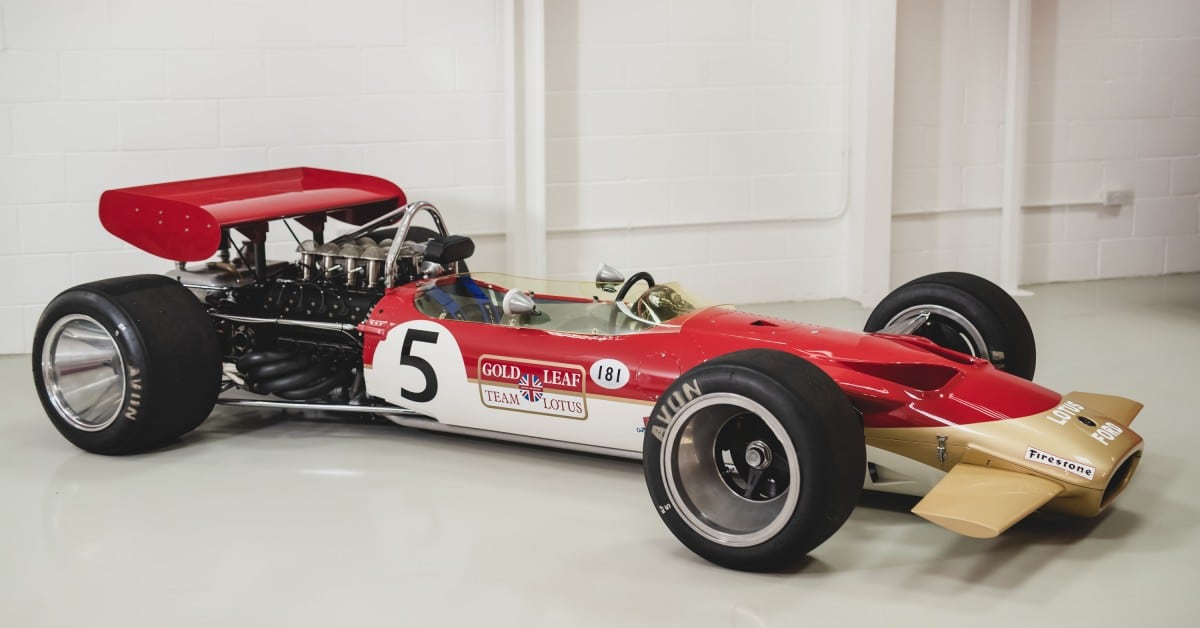Sponsorship History Part 3 – From Cigarettes to Cyberspace: The Sponsorship Revolution of the 20th Century

Welcome to the third part of our exploration into the sponsorship saga. If you’re just joining us, I recommend starting with part 1 and part 2 to get up to speed. For an analysis of sponsorship categories over the last 30 years, read part 4 of our series (coming soon).
The Emergence of Sponsorship: The Late 20th Century
Sponsorship’s roots extend deep into the 20th century, with Coca-Cola’s ongoing support of the Olympic Games since 1928 being a prime example. However, the 1970s marked a turning point, with the tobacco industry at the helm, redefining sponsorship as a cornerstone of marketing communication, particularly after the Public Health Cigarette Smoking Act of 1969 banned television and radio advertisements for tobacco products in the United States.
Tobacco’s Trailblazing Tactics
The prohibition led tobacco marketers to pivot towards sponsorship as an indirect marketing avenue, circumventing advertising restrictions. This move paved the way for brands to become deeply embedded in entertainment, from sports to the arts.
The 1980s: Sports as Global Marketing Platforms
The 1980s witnessed an unprecedented expansion of sports sponsorship. With deregulation and a ‘business-first’ mindset in the United States, sports events became global platforms. The 1986 FIFA World Cup, sponsored by Sony, exemplified the shift from local engagements to global marketing.
The IOC’s Olympic Partners (TOP) program, launched in 1985, elevated sponsorship to its highest echelon, offering category-exclusive marketing rights for the first time. And while the IOC would struggle with tobacco sponsorships, the 1980 Olympics marked the last Games to feature such a sponsor, with the implementation of a policy that would prohibit tobacco sponsorship in the Games (the Lake Placid Olympics had a smokeless tobacco sponsor).
In collegiate sports, bowl games began naming rights deals, indicating the rising commercial interest in the sport.
Gatorade became a sideline staple for the NFL starting in 1965, but it wasn’t until 1983 that Gatorade signed an official deal with the NFL. This partnership established Gatorade as a legacy partner, a relationship that has endured to this day.
Also deep in the ‘Cola Wars’, Coca-Cola and PepsiCo were among the leaders in sports sponsorships.
Brands like Nike and Adidas were also fixtures in many sports sponsorships, with their logos and marketing messages becoming ubiquitous at major sporting events around the world.
The evolution and expansion of the industry during the 1980s played a crucial role in shaping the perception and leverage of sports sponsorships for the future, transforming them into a key marketing tool for businesses and brands globally.
The 1990s: Globalization and Growth of Sponsorship
The 1990s witnessed the continuation of a trend that had been emerging over the previous decade: the globalization of sponsorships. Major brands were increasingly seeking international exposure, often by sponsoring global sporting events such as the FIFA World Cup and the Olympic Games. These events benefitted from advancements in broadcast technology, including satellite and cable TV, which expanded the reach and, consequently, the value of sponsored events. Simultaneously, the scope of sponsorship extended beyond the realm of sports, embracing the arts, entertainment, and various social causes. Music festivals, in particular, became a popular platform for reaching younger demographics through sponsorship.
The Professionalization of Sponsorship
As the financial stakes of sponsorship deals soared, multimillion-dollar agreements became the norm, necessitating a more sophisticated approach to understanding and leveraging the opportunities provided by these partnerships. Brands strategized to dominate certain verticals, fostering the concept of a ‘brand-property fit.’ Segment targeting became more pronounced, assisting brand managers in selecting properties with the most promise.
The era also saw a shift from passive to active brand engagement. Sponsors started to exploit events for interactive consumer experiences, seeking to imprint a lasting brand image. Activations included on-site promotions, branded merchandise, and interactive games, all designed to forge a memorable connection with consumers.
Advancements in Measurement and Evaluation
The industry began to emphasize the importance of measuring the return on investment (ROI) for sponsorships. This led to the development of sophisticated methods for tracking exposure, sales impact, and consumer perception. Sponsors demanded greater accountability and detailed reporting on the outcomes of their sponsorships.
Although the foundational metrics for assessing sponsorship value and performance were established in the late 1980s, it was the tobacco industry that refined and professionalized these practices in the 1990s and 2000s. Tobacco companies made considerable investments in events, aiming to steer their growth and shape their public image.
Despite initial ventures in sponsorship that lacked structure and clear impact, the tobacco sector continued to invest heavily in the entertainment space. As the new millennium approached, tobacco brands began to implement sounder strategies, making portfolio investments in each brand that aligned with their desired image and brand positioning.
Into the 21st Century
As the new millennium approached, the sponsorship industry was poised for the digital transformation that would redefine the marketing landscape. The strategic, global, and technologically integrated approaches of the 1990s set the foundation for an era where engagement and measurement would become paramount.
Sources:
1. Blum, A. (2005). Tobacco in sport: an endless addiction? Tobacco Control, 14(1), 1-2. Retrieved June 8, 2022, from [https://tobaccocontrol.bmj.com/content/14/1/1](https://tobaccocontrol.bmj.com/content/14/1/1).
2. Beyond Sports Insights. (n.d.). The Evolution of Sports Sponsorship: From Local to Global. Retrieved June 8, 2022, from [https://www.beyondsportsinsights.com/post/the-evolution-of-sports-sponsorship-from-local-to-global](https://www.beyondsportsinsights.com/post/the-evolution-of-sports-sponsorship-from-local-to-global).
3. UCSF Brought to Light. (2018, January 8). Tobacco Industry Sponsorship of the Olympics: A Dive into the UCSF Truth Tobacco Industry Documents. Retrieved June 8, 2022, from [https://broughttolight.ucsf.edu/2018/01/08/tobacco-industry-sponsorship-of-the-olympics-a-dive-into-the-ucsf-truth-tobacco-industry-documents/](https://broughttolight.ucsf.edu/2018/01/08/tobacco-industry-sponsorship-of-the-olympics-a-dive-into-the-ucsf-truth-tobacco-industry-documents/).
4. Martano, S. (2017). The Interwoven History of Baseball and Tobacco. The Hardball Times. Retrieved June 8, 2022, from [https://tht.fangraphs.com/the-interwoven-history-of-baseball-and-tobacco/](https://tht.fangraphs.com/the-interwoven-history-of-baseball-and-tobacco/).
5. European Commission. (n.d.). Ban on cross-border tobacco advertising and sponsorship. Retrieved June 8, 2022, from [https://ec.europa.eu/health/tobacco/ban-cross-border-tobacco-advertising-and-sponsorship_en](https://ec.europa.eu/health/tobacco/ban-cross-border-tobacco-advertising-and-sponsorship_en).
6. Agaku, I. T., Odani, S., Sturgis, S., Harless, C., & Glover-Kudon, R. (2016). Tobacco Advertising and Promotional Expenditures in Sports and Sporting Events. Medscape. Retrieved June 8, 2022, from [https://www.medscape.com/viewarticle/867690_2](https://www.medscape.com/viewarticle/867690_2).
7. Kowitz, D. (n.d.). Telecom: A Sponsorship Category Update. IEG Pro. Retrieved June 8, 2022, from [http://www.sponsorship.com/IEG/files/4f/4f3a346a-55fc-45d2-83c6-3f12b579a5f9.pdf](http://www.sponsorship.com/IEG/files/4f/4f3a346a-55fc-45d2-83c6-3f12b579a5f9.pdf).
8. Red Mandarin. (2023, July 6). A Brief History of Sponsorship. Retrieved July 6, 2023, from [https://redmandarin.com/a-brief-history-of-sponsorship/](https://redmandarin.com/a-brief-history-of-sponsorship/).
